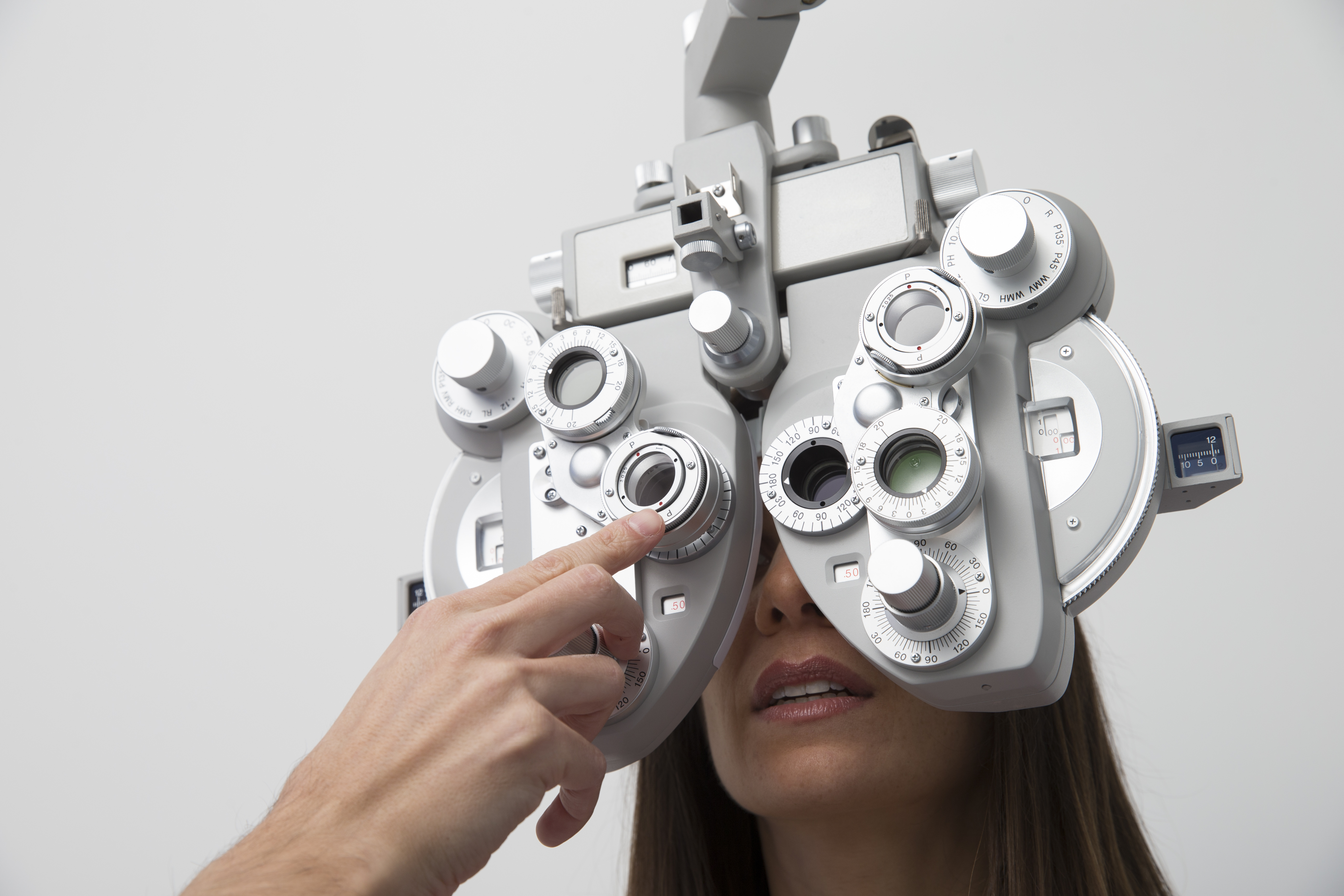 |
|
Authors of this study explained that solutions to combat vision difficulty blindness associated with place-based deprivation require a multilevel approach at every level, including individual practitioners who could advocate for polices that counteract the systemic racism of redlining. Photo: Getty Images. |
Numerous studies have highlighted disparities in ocular disease prevalence and access to care in marginalized populations. A new report in JAMA Ophthalmology took a deep dive investigating the association of vision difficulty, including blindness, in neighborhoods with measures of inequity and found segregation, income equality and persistent poverty are some of the risk factors.
A total of 73,198 census tracts were analyzed from the 2012-2016 American Community Survey and 2010 US census tracts as well as several measures of poverty levels. The main outcome was the number of census tract residents reporting vision difficulty or blindness where the population is also associated with persistent poverty, assessed using logistic regression.
The research shows an increased odds of vision difficulty and blindness after controlling for census tract-level median age, the percentage of the population that identified as female sex, the percentage of the population that identified as a member of a racial or ethnic minority group, state and population size.
Persistent poverty (75.6% increased odds), defined as poverty spanning over 30 years, exhibited the strongest correlation with visual impairment and visually debilitating conditions, followed by income equality (27.1% increased odds) and segregation (5.1% increased odds).
“This data contributes to the growing evidence that place-based deprivation is associated with eye health and vision outcomes, including microbial keratitis, glaucoma, amblyopia and visual impairment and blindness,” the researchers explained in their paper for the journal.
The authors outlined ways to correct historical policies instituted to widen the disparity between generational wealth and poverty, such as the National Housing Act, specifically in communities of color and historically marginalized populations. Patients with severe vision impairment would greatly benefit from this, they explained, if clinics are opened in more deprived areas by expanding Medicaid Disproportionate Share Hospital programs, reducing the compensation gap for ophthalmologists practicing in these areas, improving safe and reliable transportation to health care professionals outside of the area, and eye care screening of all patients.
They also found that eyecare researchers can effectively use and measure social inequality, as they found a connection between segregation, poverty and visual impairment. Some potential remedies to tackle the inequities include enhancing access to well-trained ophthalmologists in neighborhoods facing higher levels of deprivation and advocating for changes in public policy.
“The association between census tract measures of inequality and VI was striking,” noted authors of a commentary on the study also published in JAMA Ophthalmology. Notably, this analysis used data that preceded the COVID-19 pandemic and thus did not reflect the impact of the pandemic on marginalized communities. “Given the widespread use of electronic medical records and the potential of expanding telemedicine to improve access, strategies to reduce inequities in care and access are achievable,” the commentary authors wrote.
The commentary calls for greater attention to visual impairment when considering population health priorities at the system level. “Leaders of health systems are increasingly becoming more accountable for the health of the populations that they serve. In general, visual impairment fails to be high on the list of priorities,” the authors wrote. Using objective poverty measures and linking visual impairment to other chronic conditions underscores the case for including visual impairment as a population health imperative, they argue. “In fact, visual impairment intensifies the negative impact of other chronic conditions on the quality of lives of individuals, which should rise to a high level of concern for policymakers, health care administrators and clinicians.”
Hicks PM, Lin G, Newman-Casey PA, et al. Place-based measures of inequity and vision difficulty and blindness. JAMA Ophthalmology. May 9, 2024. [Epub ahead of print.] |

